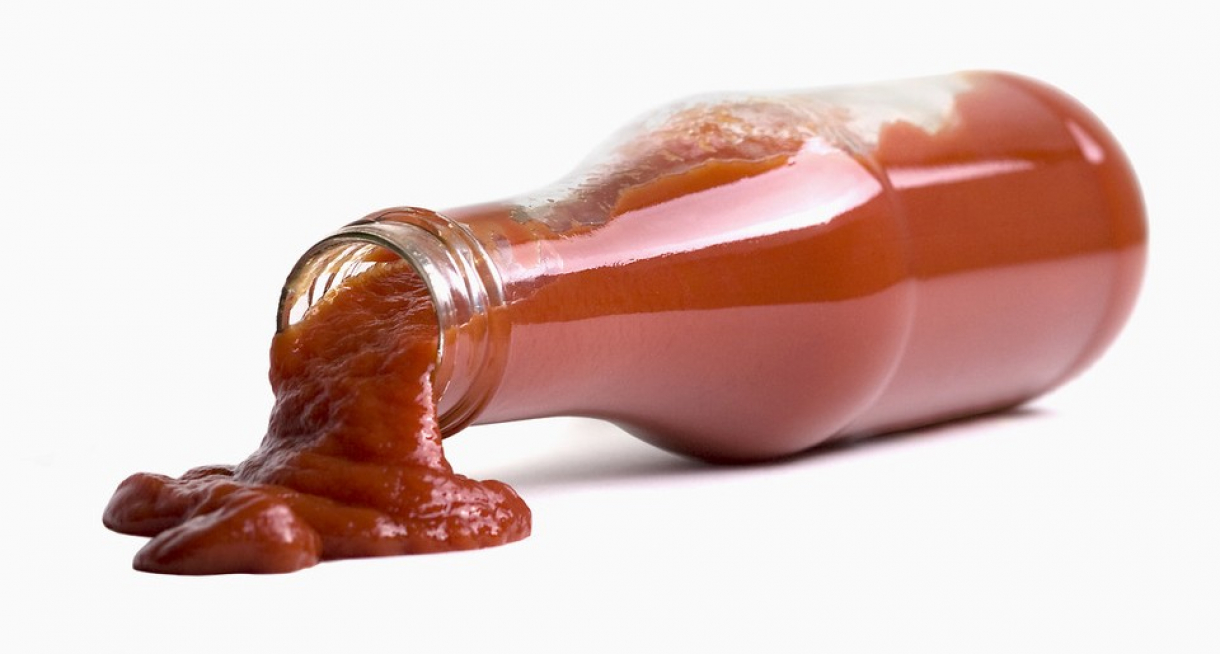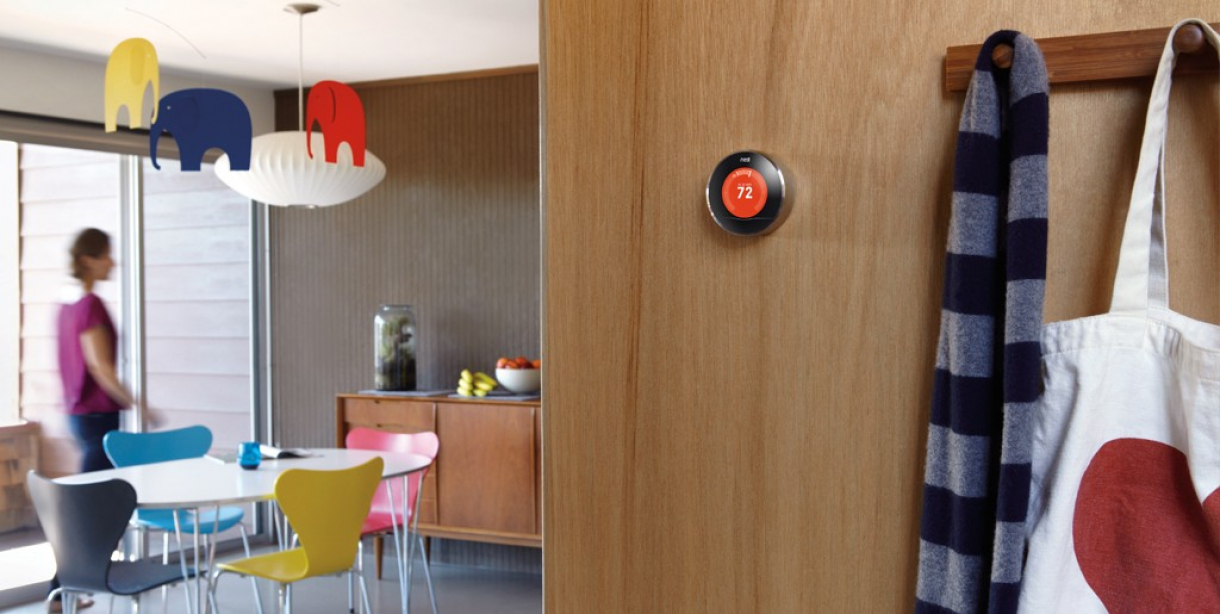Food waste is a challenge of epic proportions. LiquiGlide, invented by MIT scientists, is a revolutionary, super-slippery coating that liberates condiments, and by default dramatically reduces global waste. The coating can be applied to most surfaces including glass, metal and plastic in order to expel all liquids from packaging.
Reality check: as of 2011, 1.3 billion tones of food, that’s one third of the global food production, is lost or wasted annually. In the developed world, about 100 kilograms are wasted per person every year. Throwing away food that is past its conservative expiration date is one thing, but the waste of food that remains stubbornly stuck to the inside of packaging is another, more hidden side of food waste. We have all experienced the age-old problem of Ketchup getting stuck in the bottle. While some things like the recipe need no alteration, the mechanics of getting it out require some revision.
Developed by the Varanassi Research Group at MIT, LiquiGlide is an edible lubricant that promises to liberate condiments. In technical speak: “Liquid-impregnated surfaces are a patent-pending, super-slippery surface technology that comprise a composite of solid and liquid materials, where the solid holds the liquid tightly at the surface and the liquid provides the lubricity.”
The brains behind LiquiGlide did not set out to solve this problem. “We were really interested in…using this coating for anti-icing [windscreens], or for preventing clogs that form in oil and gas lines” said Dave Smith, LiquiGlide's CEO. “Somehow this sparked the idea of putting it in food bottles.” Having said that, while liberating Ketchup has captured the hearts of people, the ability to apply the technology to industrial use is very promising too.
The team estimates that their innovation will be able to make a significant dent on food waste. Furthermore, LiquiGlide would eliminate the need for large squeeze-bottle caps, thus saving 25,000 tonnes of petroleum-based plastics annually. Every little (drop) helps.






